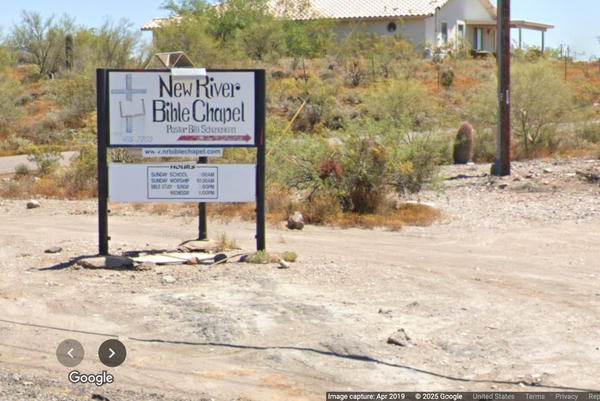
Toys R Us will leave its flagship location in Times Square by February of next year. Goodbye, life-sized T rex dinosaur. Goodbye, 60-foot indoor Ferris wheel. Goodbye, 4,000-sq foot Barbie dollhouse.
Rumors that the toy retailer would be leaving its Times Square location had been swirling since 2013, when the brokerage firm Cushman & Wakefield first began marketing the space. In 2000, when the construction of the store was announced, Toys R Us was said to be paying about $12m in rent each year. That’s about half the current asking price, Brad Mendelson of Cushman & Wakefield told Commercial Observer, which first reported the move.
The space is too big – and too expensive – for just one tenant, said Mendelson. As such, it might be divided into small parcels.
“There really is not a tenant that can rent that. The market has just escalated so,” he said. The lower level is being marketed at $150 per sq foot, the main ground-floor at $2,500, and the second floor at $350. “We could never get that from any one tenant.”
A flagship store in a lucrative New York location is a sign of a profitable company – often one targeting adult consumers, not children. More retailers are catering to a higher-income clientele, which creates revenue that allows them to afford the skyrocketing real estate. Such retailers include Macy’s in Herald Square or Prada, which took over the SoHo location of a Guggenheim Museum and the Tiffany & Co flagship of Breakfast at Tiffany’s fame.
Then there is the $3.7bn Saks Fifth Avenue building. The building, owned by Hudson’s Bay Co, is valued at almost a billion more than what Hudson’s Bay paid when it bought Saks, the retail company, for $2.9bn in 2013.
The skyrocketing asking prices and valuation of retail properties mean only companies who can afford to pay can have stores in certain areas.
“I was talking to someone about this last night and she was very upset about the way New York City is moving,” David Graff, real estate agent at Compass, told the Guardian. “She was talking about moving to Brooklyn because the mom-and-pop stores are dying off due to high prices and New York City is becoming chain stores and glass towers of $10m apartments that people don’t live in.”
Toys R Us is not exactly a mom-and-pop store. But it too will have to move, by next February, when its lease and those of other tenants - including Foot Locker, Swatch and Starbucks – expire.
“Toys R Us has been proud resident of Times Square since our international flagship store opened there more than 10 years ago,” a spokesman for the store told Commercial Observer. “The lease for our store in Times Square expires in 2016 and as previously noted, we have been reviewing our lease renewal options. We have not signed a lease agreement for a new location and any rumors regarding this ongoing process are just that.”
One of those rumors has the toy retailer moving just across the street to Vornado Realty Trust’s retail space at the base of the Marriott Marquis hotel.
“This news is absolutely ridiculous, Toys R Us will be closing up shop at a store that excites locals and tourists and keeps the suburban stores top of mind,” Brian Sozzi, CEO and chief equities strategist of Belus Capital Advisors, told the Guardian. “It’s essential Toys R Us stays a little top of mind, considering you could buy a Barbie in 10 seconds on a mobile device.
“But, it’s a decision is likely born out of financial necessity – the company has been struggling mightily.”
Toys R Us isn’t the only toy brand making a move. Disney’s flagship store on Fifth Avenue, which opened in the 1990s, closed shop at the end of 2009. FAO Schwarz, which has been at its current location at Fifth Avenue and 58th Street since 1986, is leaving New York entirely and is moving its only bricks-and-mortar store to New Jersey. Its new home will be inside a New Jersey megamall called American Dream Meadowlands. Its lease on Fifth Avenue ends in 2017.
FAO Schwarz has been in New York for more than 150 years. It is home to the giant piano that Tom Hanks danced on in the film Big and is the inspiration behind Duncan’s Toy Chest, the toy store in Home Alone 2. But kids and their parents can now browse through toys via smartphones and other devices.
“A combination of high [real estate] prices and the internet killed the American toy store,” says Graff. “I loved going to FAO when I was a kid. It’s sad they’re leaving.”







